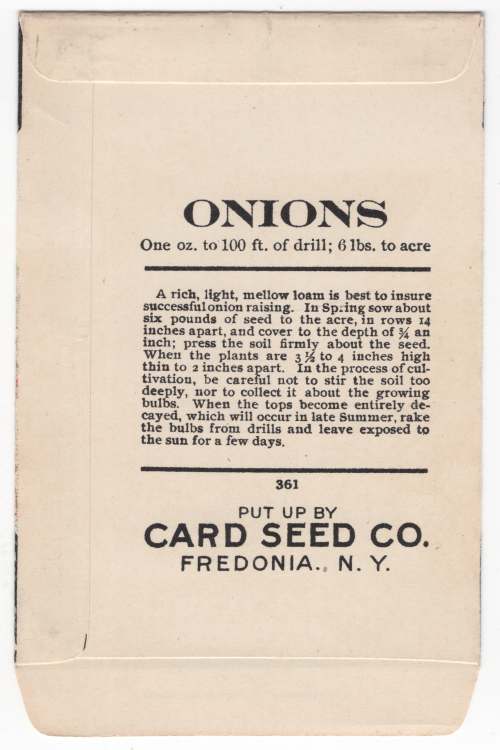#great depression food
Community Gardens
While many of Steve’s neighbourhood would not have had the space for their own gardens, spaces existed around the neighbourhood where people could grow and collect produce.
These community gardens have gone by many different titles, including ‘victory gardens’ during wartime; ‘relief gardens,’ ‘welfare garden plots,’ ‘vacant lot gardens,’ ‘subsistance gardens,’ and ‘WPA gardens‘ during the Great Depression.
Great Depression
In the face of unprecedented hunger, poverty, and emotional stress brought about by the economic crash, city governments and non-governmental organisations like Family Welfare SocietyandEmployment Relief Commission put in place relief garden programs. These used available land like vacant lots, school grounds, and public parks.
InNew York City, a campaign by the Welfare Department in partnership with the Work Progress Administration (WPA) developed over 5,000 gardens in vacant lots throughout the city. These gardens produced around $5 worth of value for every $1 of investment — a resulting $2.8 million worth of food by the mid 1930s.
Seeds and supplies were provided to participants in some non-governmental gardens. Alternatively, some were more focused on employment over being means for self-sufficiency. Those working in the Federal Emergency Relief Administration (FERA) gardens were paid a wage for cultivating and distributing the grown produce to the needy — thought the strict eligibility requirements to participate.
These gardening spaces provided community members with a means of producing their own food, as well as feelings of usefulness, independence, and a boost in spirits during a time of struggle.
Sadly, come 1935, the government pulled their funding from these garden programs. They were seen as no longer being opportunities for success and life improvement — putting the onus back only communities and other non-governmental organisations to run such gardens. Other than the loss of funding, this withdrawal also changed the perception of these gardens and those using them. Their name went from ‘relief gardens’ to ‘welfare gardens’, presenting a much more negative connotation.
If you want more in the topic, my full research notes on all topics are available for all $3+ Patreonpatrons!
Images are scans from the SRNY Personal Collection.

This post series is thanks to my fantastic Patreon supports at the Ephemera Club level. For November 2021, the curated perks will be built around the theme of community gardens. The perk set will include TWO authentic seed packets for various vegetables and herbs, and a Brooklyn themed postcard. If you would like to receive these and other cool items like them each month, head over to the Patreon. Spaces are limited!


[Support SRNY through PatreonandKo-Fi]
And join us onDiscordfor fun conversation!
I also have an Etsywith up-cycled nerdy crafts
Post link






